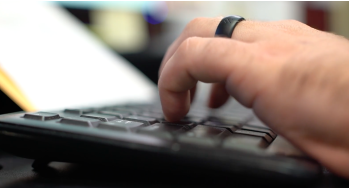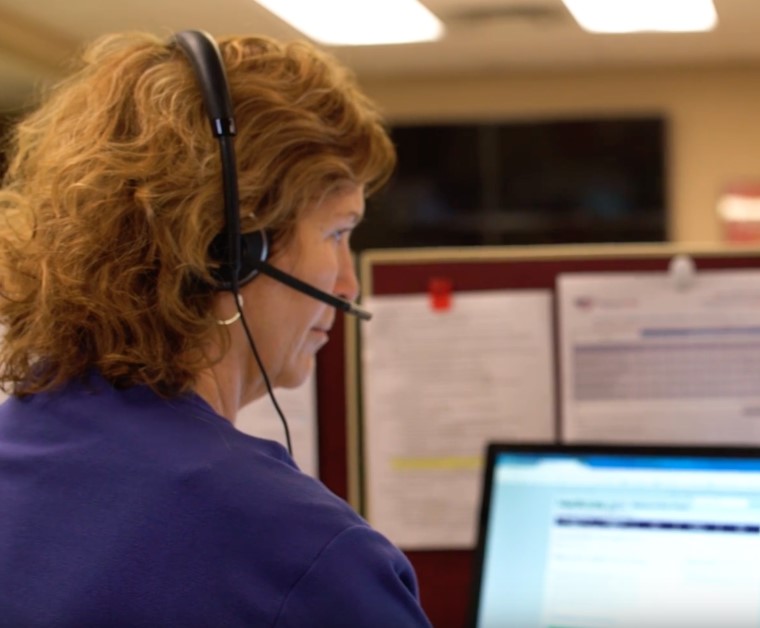The benefits of healthcare go beyond patient convenience. Telehealth is a way to supplement healthcare, public health, and health education delivery and support by using telecommunications technology. Telehealth gives you the opportunity to see your doctor from the comfort of your home using your computer, tablet, or smart phone.
Guest article by Lindsay Engle
People are living longer and the number of patients with chronic conditions is rising. Demand is increasing as patients need caregivers to help them with the activities of daily living. Also, caregivers are needed to monitor patient health and symptoms, communicate with healthcare professionals, and perform medical and nursing tasks.
Telehealth – Beneficial for Family Caregivers
More than 40 million adults provide caregiving services for a family member or friend. [TCV Update 2/23/2020 URL no longer available to report.] These family caregivers are not always properly trained in caregiving and managing stress.
For those family caregivers, telehealth could be the answer by providing resources for proper caregiving. Telehealth is also beneficial for caregivers living in rural areas or providing caregiving remotely.
Why More Caregivers Don’t Use Telehealth
Seventy-one percent of caregivers say they would be interested in telehealth technology. Yet, only 7% are using this technology to assist them in their caregiving tasks.
Two major reasons more caregivers don’t use telehealth is because they don’t know which technology will be right for them. They also don’t have time to learn a new technology. Nurses and clinicians can suggest appropriate and user-friendly telehealth devices to family caregivers that will support them.
 Family caregivers will have access to additional resources and be able to improve their caregiving experience when they use telehealth tools. In addition to educational information, family caregivers can join social media support groups, use websites or applications (apps) to schedule tasks; such as meal delivery, transportation, medical appointments, and visits.
Family caregivers will have access to additional resources and be able to improve their caregiving experience when they use telehealth tools. In addition to educational information, family caregivers can join social media support groups, use websites or applications (apps) to schedule tasks; such as meal delivery, transportation, medical appointments, and visits.
These tasks – displayed and shared electronically – make it easier for friends and families to identify the timing and type of assistance needed. Caregiving becomes easier for everyone.
Telehealth: Connecting Caregivers
Experienced family caregivers in similar situations can share real-life experiences with newbies using telehealth. When people connect with others in similar situations, they feel less alone. They are supported in ways that go beyond what friends and family members who can’t relate to caregiving can provide.
Telehealth is the first step in caregiving support. New and emerging technologies will ease the burden of caregiving. Soon, we’ll see features in smart homes that monitor residents’ quality of life and detect or even prevent adverse events.
The Future of Telehealth
While more caregivers are not yet using telehealth; in a matter of time, we’ll see most caregivers adopt this technology and its conveniences.
Telehealth can do many things including provide users with convenient support, reminders, calendars, and notifications for better health outcomes. Telehealth will be an asset to those who live in rural areas.
Like everything, there are challenges to overcome, including the cost of new hardware, software, and reimbursement for new types of technology-mediated services. There is also a concern that technology could de-personalize care or impact the nature of personal communication between caregivers, patients, and healthcare providers.

Whatever the future holds, telehealth will change healthcare for all of us nationally and globally.
Lindsay Engle, Editor at MedicareFAQ, a learning resource center for senior healthcare. Lindsay also has a passion for animals and loves boating. In her spare time, she enjoys snuggling on the couch with her pets as well as fishing with her boyfriend.









